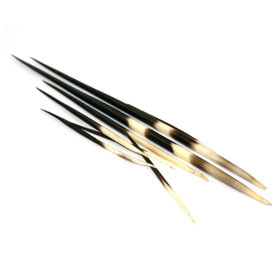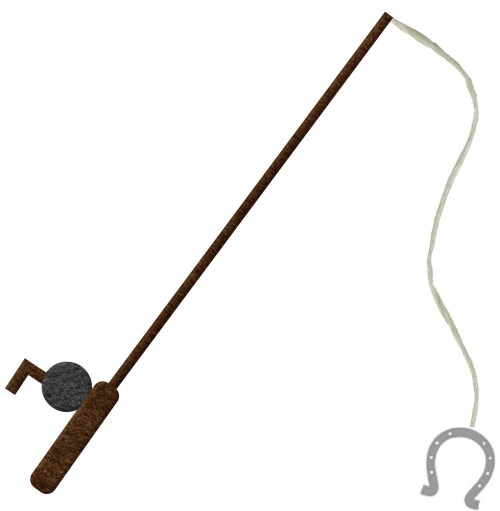One of the most famous Byomkesh Bakshi stories written by Saradindu Bandyopadhyay is Pother Kanta (also transliterated as Pather Kanta, পথের কাঁটা). The story was also exceedingly popular in the Basu Chatterjee-directed television serial aired on Doordarshan.
Most readers (and viewers) are intrigued by the innovative weapon used by the criminal in the story. The use of a standard bicycle bell modified into an air-gun capable of firing a steel gramophone pin (often called phonograph needle in many parts of the world) captured the imagination of fans all over the world.
In my own opinion this story ranks up there with “The Speckled Band” which feature Sherlock Holmes in creating a vivid, lingering impression. I enjoyed the concept so much that I actually created the article on Pother Kanta on Wikipedia. We will discuss this story in many articles, but our focus here is on the weapon itself.
Is it physically possible to create a lethal bicycle-bell gun that obeys the laws of physics? This question is vital to fully appreciating the story.
 First, let us consider the projectile, the gramophone needle or stylus. Although the use of this sharp object as a weapon is innovative, the use of needles has been attempted many times. The Dreyse needle gun was a breechloading rifle that fired needle-like projectiles in the 1800s. It fell out of favor because of a short-range. Of course this gun had a powder charge, but the reason it was not used frequently was because of short range of accuracy. In Pother Kanta, the assailant fired from a distance of no more than 3-4 meters. In these short distances, sharp needle-like projectiles are very accurate.
First, let us consider the projectile, the gramophone needle or stylus. Although the use of this sharp object as a weapon is innovative, the use of needles has been attempted many times. The Dreyse needle gun was a breechloading rifle that fired needle-like projectiles in the 1800s. It fell out of favor because of a short-range. Of course this gun had a powder charge, but the reason it was not used frequently was because of short range of accuracy. In Pother Kanta, the assailant fired from a distance of no more than 3-4 meters. In these short distances, sharp needle-like projectiles are very accurate.
In fact, other types of needle-guns have existed for years as well. The benefits of shooting sharp needle like objects is that they have a very high muzzle velocity once fired. Another factor that would allow a bell mechanism to shoot gramophone needles is that recoil from such a weapon would likely be minimum.
In Pother Kanta, a single gramophone needle pierced a victim’s heart at close quarters. The question of height of the victim comes into play. For victims of different heights, different angles would be necessary, although this could be modified by an expert marksman by tightening the bell. The question of whether the gramophone needle could pierce the sternum is also an interesting one. With sufficient velocity, it is possible that incident ricochet would allow the needle to pierce the heart, although not cleanly. So far, the story is quite accurate.
The other brilliant bit behind the weapon is that because gramophone needles are usually made of steel and other hard metals (as opposed to lead), at close distances and high velocities they might even pierce through and leave through exit wounds. So, no trace of the projectile would be found inside the body!
I have presented a scheme for a possible spring-piston gun mechanism that might be able to propel a gramophone needle towards a victim. Extrapolating from actual data on maximal velocities achieved by firing pellets from spring-piston mechanisms, I have calculated that the bicycle-bell gun might have a probable velocity of 15-20 m/s which would be enough to inflict substantial harm to someone wearing light layers of clothing.
Of course, all of my calculations depend on the assumption that relatively high tensions in the spring can be created to generate sufficient kinetic energy upon release. This is the “black-box” of the whole theory and very hard to determine without computer simulation.
Nonetheless, as I have demonstrated, if we use a bit of imagination, this sort of weapon is plausible.
©2010 Byomkesh.com. All rights reserved.














